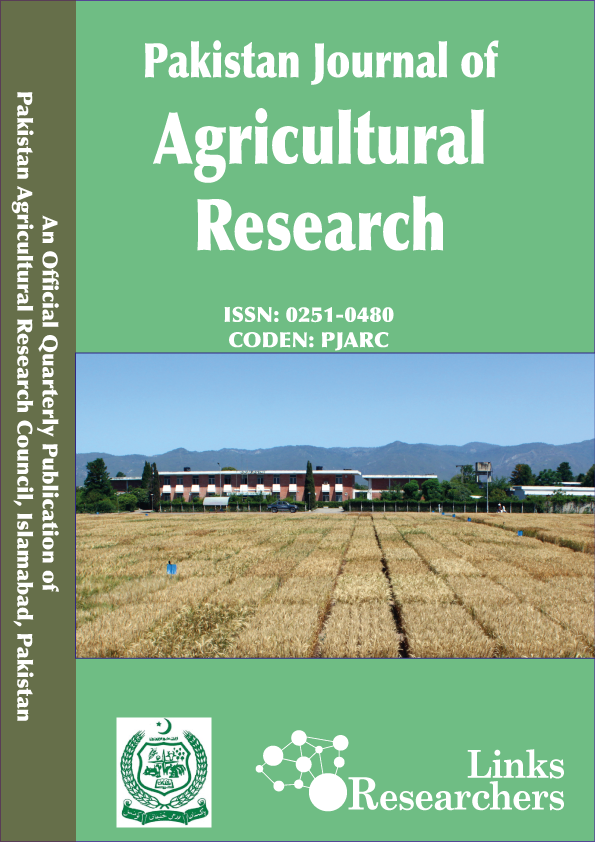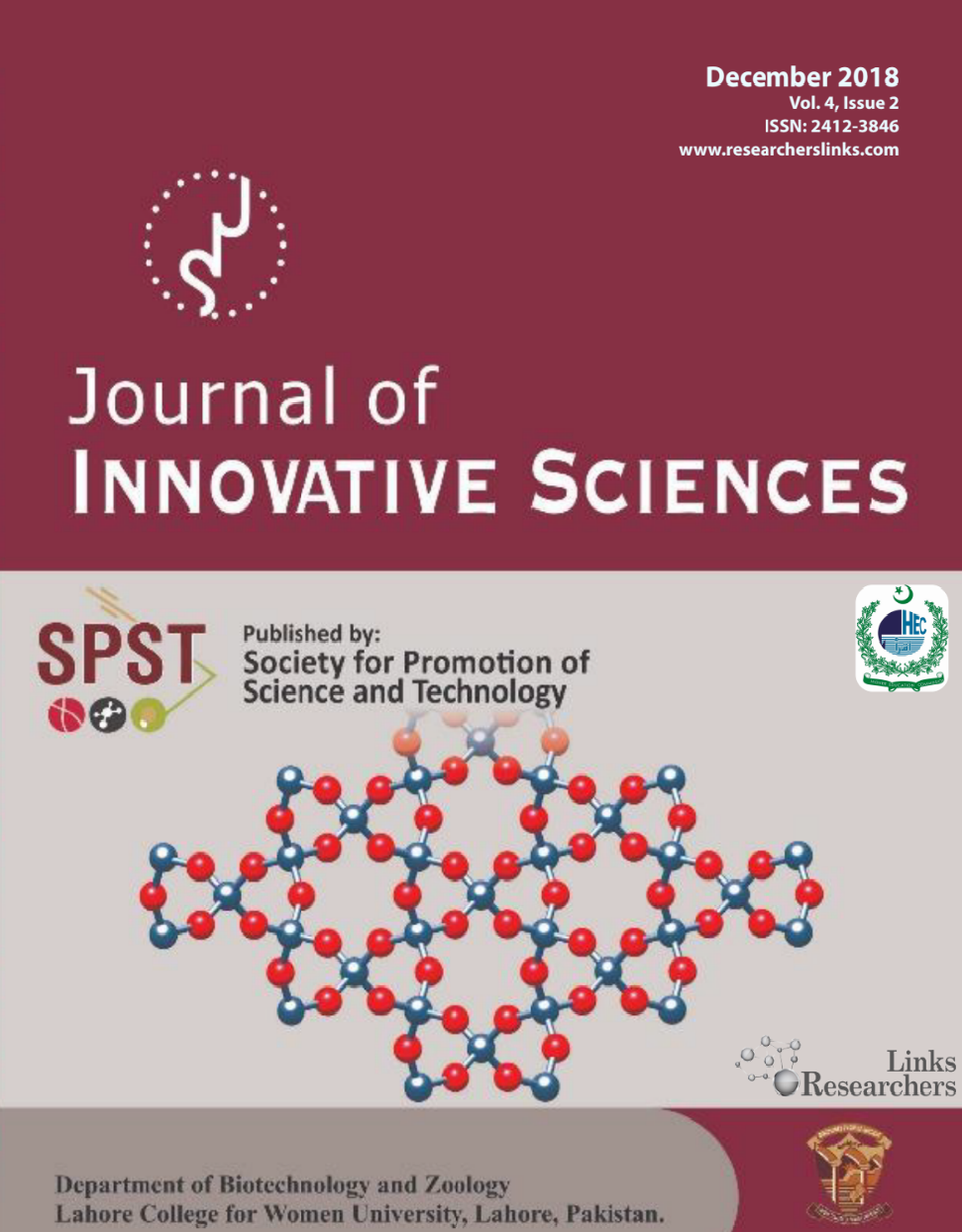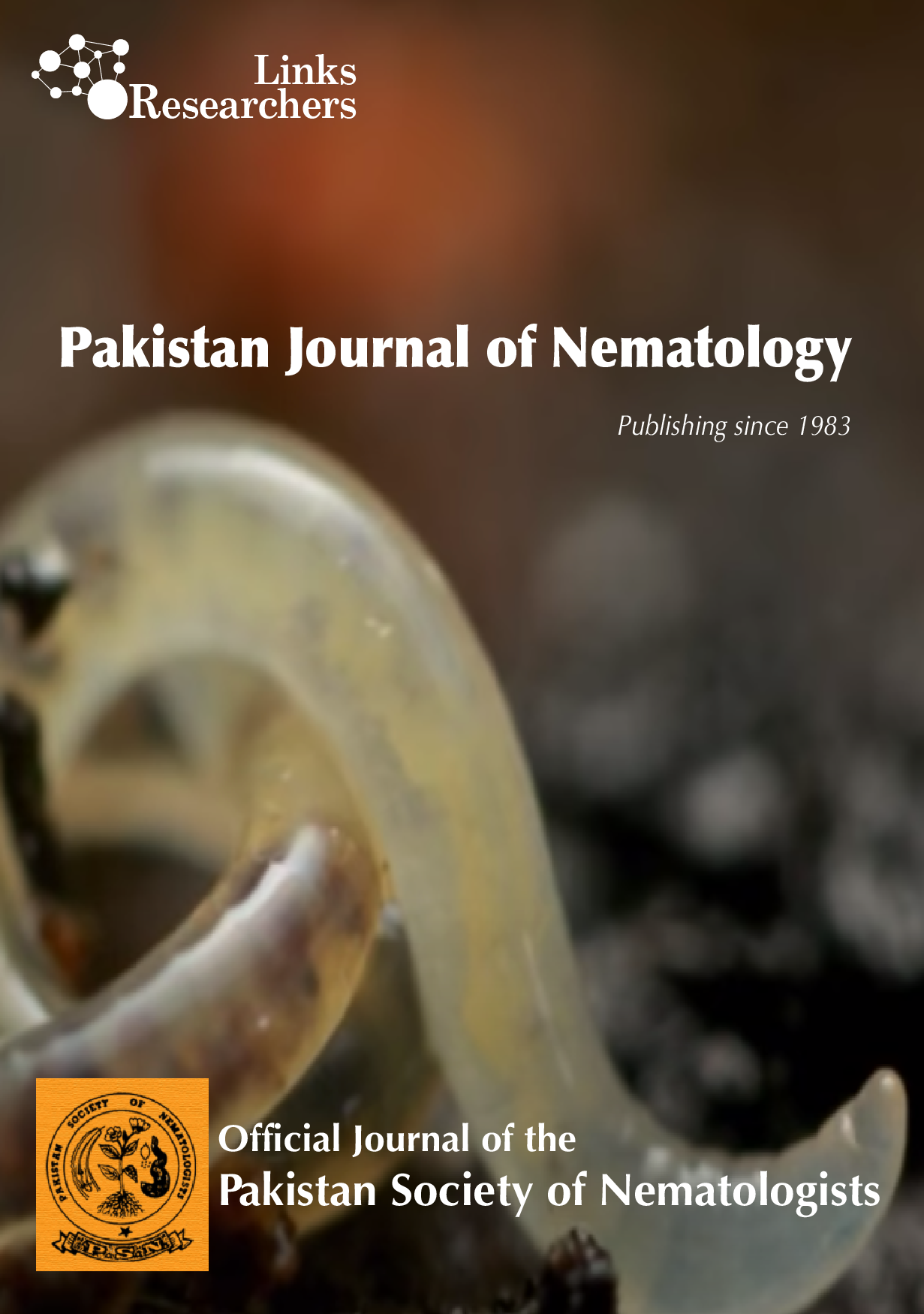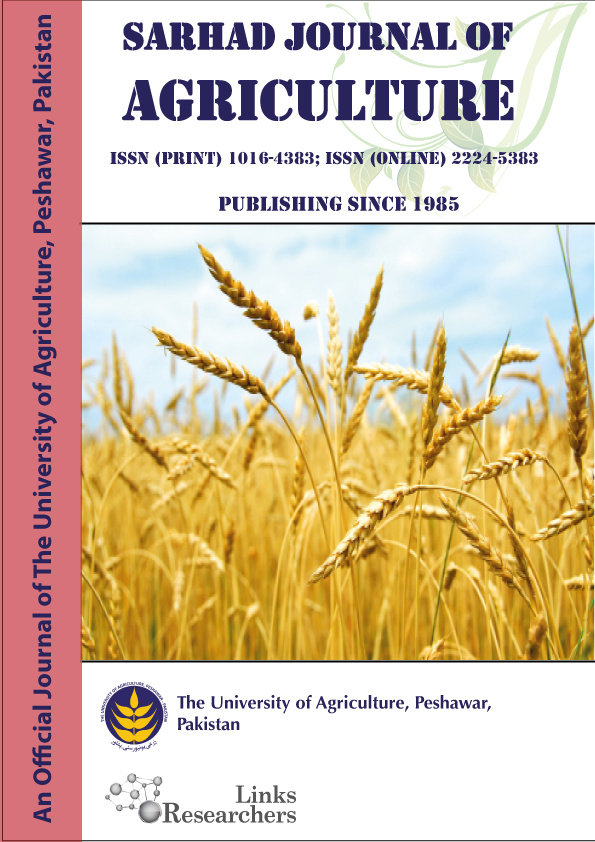Imran Ali Rajput1*, Tajwer Sultana Syed1, Ghulam Hussain Abro1, Imran Khatri1 and Abdul Mubeen Lodhi2
F. Shahina†, K.A. Tabassum and M.A. Habib*
Muhmmad Asif1, Khunsa Khakwani1, Muhammad Hasnain1*, Farrukh Ilahi1, Muhammad Hussnain Babar1, Shahid Munir Chuhan1, Jehanzeb Farooq1, Hafiz Ghazanfar Abbas1, Iqra Parveen1, Ghulam Sarwar2, Saeed Ahmad2 and Hammad Hussnain2
Wali Muhammad Mangrio1*, Hakim Ali Sahito1, Abdul Hafeez Mastoi2, Sanaullah Sattar3, Fahmeeda Imdad Sahito4 and Shahid Ali Jakhrani1
Featuring
-
Morphometric Measurements, Gonopod and Gonopores Appearances in Early Sexual Crablet Stage of Scylla paramamosain (Estampador, 1949)
Muhammad Nur Syafaat, Che Zulkifli Che-Ismail, Adnan Amin-Safwan, Mohamad N. Azra, Mohammad Syahnon, Ambok Bolong Abol-Munafi and Mhd Ikhwanuddin
Pakistan J. Zool., Vol. 57, Iss. 2, pp. 759-766
-
Preparation of High Selenized Gastrodia elata Blume Polysaccharide and its Immunomodulatory Effects on RAW264.7 Cells and Cyclophosphamide-Treated Mice
Fengwei Ma, Qihua Wen, Qingfang Deng, Yihao Lu, Buyan Zhang, Yongyou Cheng and Su Xu
Pakistan J. Zool., Vol. 57, Iss. 2, pp. 747-758
-
Freshwater Fish Biodiversity in Liangzi Lake
Ke Li, Hai Liu, Jiangang Zhou, Hongbing Chen and Zhengxiang Wang
Pakistan J. Zool., Vol. 57, Iss. 2, pp. 737-745
-
Histopathological and Molecular Analyses of Leptospira borgpetersenii and Leptospira interrogans in Bovine Kidneys in Kota Bharu, Kelantan, Malaysia
Intan Noor Aina Kamaruzaman, Siew Zee Ong, Iman Natasha Sofea Jafri, Dayangku Umi Aqilah Pengiran-Isa, Mohamad Sabri Abdul-Rahman, Mohd Farhan Hanif Reduan, Thilini Nisansala, Soon Heng Goh, Siti Nur Haslina Mamat, C.W. Salma C.W. Zalati, Sazaly AbuBakar and Shih Keng Loong
Pakistan J. Zool., Vol. 57, Iss. 2, pp. 727-736
Subscribe Today
Receive free updates on new articles, opportunities and benefits

© 2025 ResearchersLinks. All rights Reserved. ResearchersLinks is a member of CrossRef, CrossMark, iThenticate.





